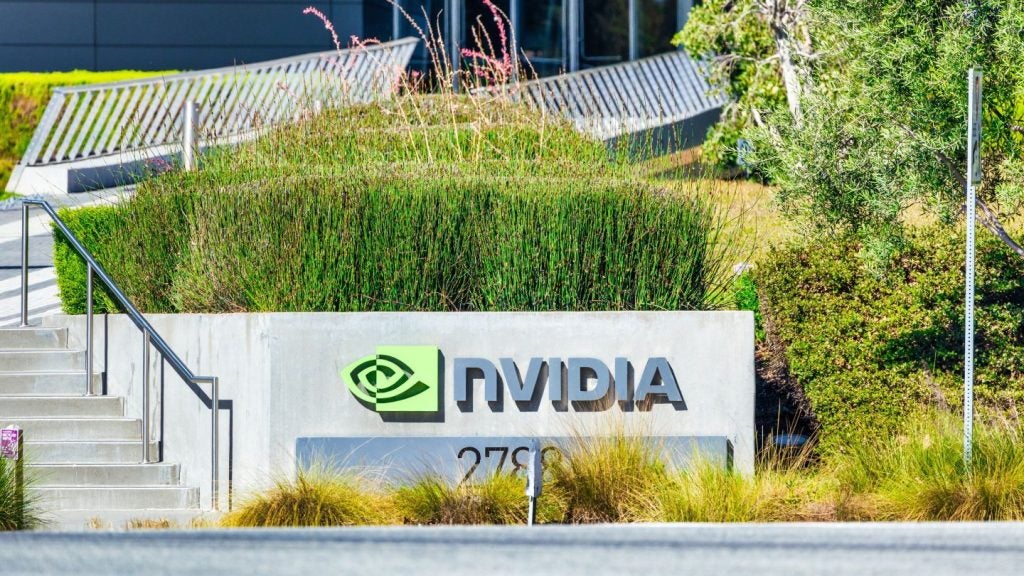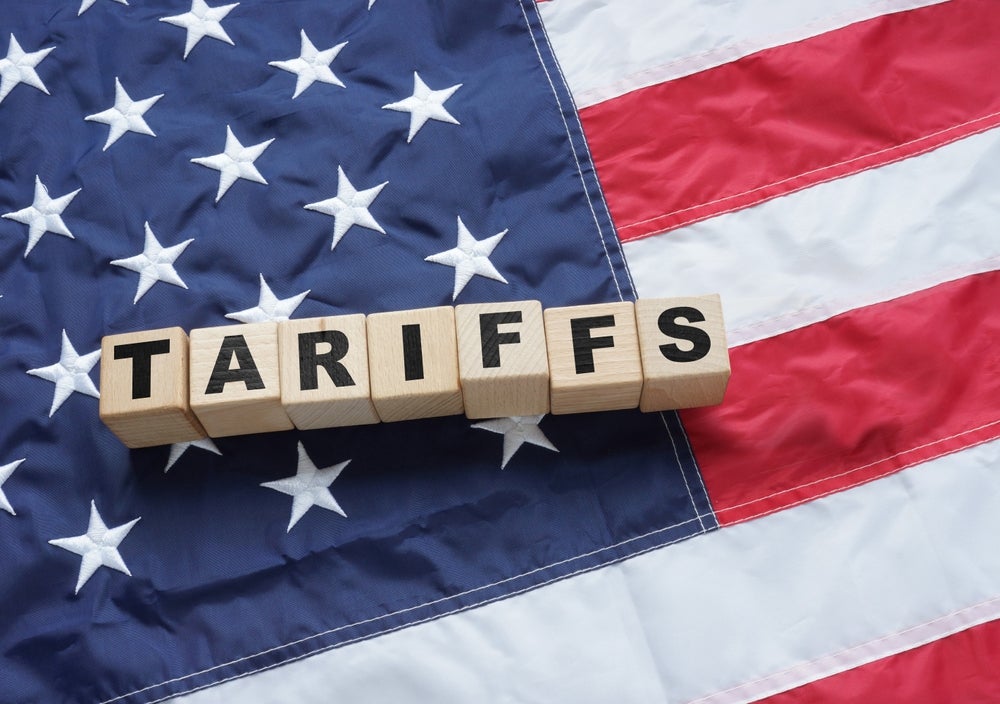
The AI art space is blowing up. From TikTok releasing its own knock-off filter for creators to film over, to a Midjourey creation beating a bunch of real artists in a competition – more and more developments are pointing to AI art becoming the next big thing.
However, as more people get involved, the problems surrounding the technology continue to flare up – copyright issues, misuse and the blur between real art – just to name a few.
Now, Microsoft is adding an AI-generated art tool to its Office suite and Bing search engine – fully bringing AI art creation into the hands of the mainstream.
Microsoft Designer, the new app being brought into the Office collection, functions the same way as AI text-to-image systems like DALL-E. Users are able to write prompts of anything they desire to “instantly generate a variety of designs with minimal effort.”
However, the app is not ready to fully launch yet and will only be offering a limited web preview for the time being.
Microsoft vice president Liat Ben-Zur wrote: “We’re inviting people to try it out, give us feedback, and help us make it great.”
The company hopes people will use the tool to design social media posts, logos for businesses, and even illustrations for Powerpoint presentations.
The app is powered by DALL-E 2, an AI art generator created by Open AI which Microsoft invested a whopping $1 billion into back in 2019.
“Microsoft Designer is powered by AI technology, including DALL-E 2, which means the ability to instantly generate a variety of designs,” Ben-Zur said, “it helps you bring your ideas to life.”
On top of the new Office app, Microsoft is set to release Image Creator on its Bing and Edge search engines. Image Creator will allow users to generate art through a text prompt by pushing through requests to DALL-E 2, acting as a client for the Open AI system.
Image Creator, unlike Microsoft Designer, will be completely free to use, but the company says it will be taking a “measured approach” to the former. Microsoft will only be allowing a preview for select locations until they have gathered more feedback. This is to make sure the generator is not being misused or abused.
“Image Creator will soon create images that don’t yet exist, limited only by your imagination,” Ben-Zur added.
Is Microsoft bringing DALL E to the mainstream too soon?
It’s clear that AI generators are continually improving, and some of the images its die-hard users are creating are impressive – but admittedly a lot of time, the images need a fair bit of tweaking to become stunning.
Time is required to hone text prompts to create something worthwhile – and, as The Verge notes, it’s possible that casual users using Microsoft’s new DALL-E powered app might use it once and write it off as a gimmick. Especially as Microsoft is aiming the tool at businesses and actual work.
The big questions and concerns regarding AI art and its space in the current world of misinformation remain.
“Who can prevent AI-generators from being used to create disinformation,” Evgen Verzun, founder of Kaizen.Finance, told Verdict recently.
“All AI art generators have been advancing quickly, outpacing the ability of AI business and tech industry to establish the rules as well as avert harmful results.”
Open AI has made it clear that it filters out all “explicit sexual and violent content from the dataset used to train the model” and has put tools in to deter the generation of bad content. However, on huge platforms like Office and Bing, large-scale use may find cracks in these filters, which could lead to the creation of NSFW content.
Real artists must be feeling a bit nervous about the news, too. Much like the bummed-out artists who were beaten by a Midjourney creation in a fine art competition back in August, the ethics of “real art” and computer-generated art becoming blurred is under constant discussion.
Microsoft’s huge move to bring DALL E into the hands of potentially millions will bring these discussions further into focus.







